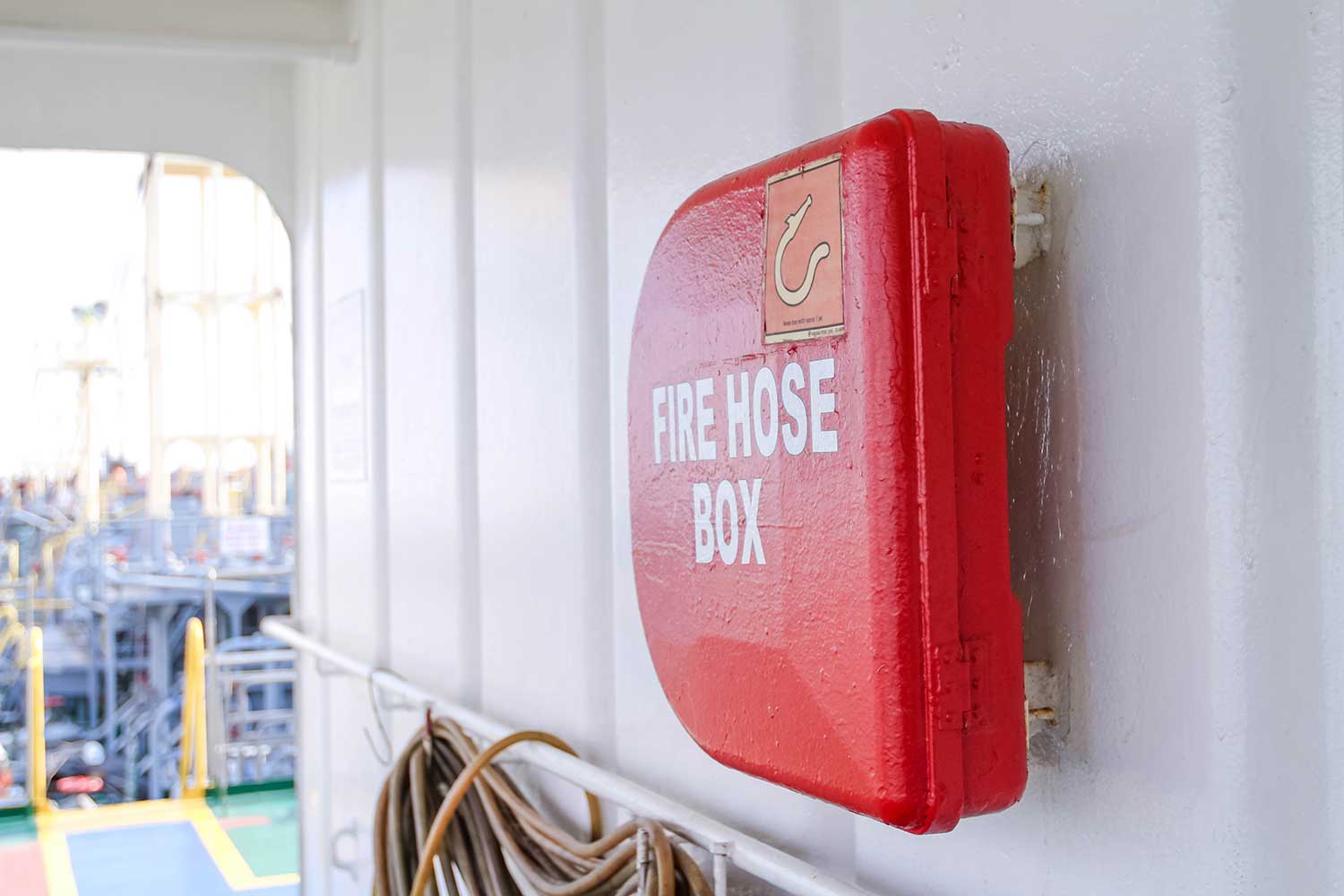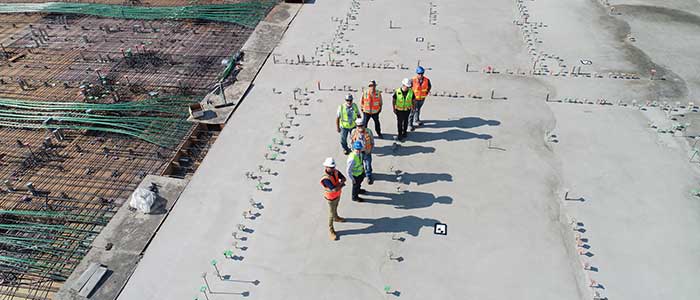Safety – Safety moment example

Safety moment example
What is a safety moment?
A safety moment is a brief and concise chat about a specific safety topic or issue. Safety moments are usually conducted at the beginning of a meeting or shift.
If you haven't heard of a safety moment before, it may be because your company (or industry) more commonly calls safety moments toolbox talks or safety chats.
In essence, all of this safety meetings and briefings do the same job for companies and workers: they enable groups of workers to come together and surface and discuss important/relevant/timely safety issues and topics.
Why should companies and workers engage in safety moments?
Safety training and improvement comes in all shapes and sizes, and it's important for companies to have comprehensive or 360 degree safety processes and safety management systems.
It's simply not sufficient for a company to bundle safety training into an company induction or first day on the job. This results in information overload and it's importance is almost completely eroded over the course of a few weeks.
While formal safety training and classes are incredibly important for training for specific tasks and jobs, safety moments are an easier, cheaper and more consistent way to ensure continuous safety improvement.
Safety moments are intended to supplement formal safety training, safety policies and safety procedures - not replace them. A safety moment is a 3-5 minute exercise which can have a really positive impact on safety outcomes.
Safety moments enable companies to constantly surface the most pertinent safety issues - by using and leveraging context and relevance as a primary source of engagement.
When a foremen or engineer begins working on a new project, on a new site, with new hazards, new equipment and new personnel, there is a bunch of safety moments and topics which become more relevant to them.
Rather than conducting generic safety courses and meetings, safety moments and short pre-work safety chats enable project and safety managers (or meeting conductors) to really hone in on the topics most important to people on that project, or that site, or engaging in that type of work.
And just as powerfully, the frequency and informal nature of safety moments breaks down old safety stigmas and enables companies and workers to build a culture of safety where people feel comfortable and safety reporting and discussing safety issues which may have been ignored in the past.
Safety moment example
A safety moment can cover any imaginable safety topic, from heat exposure to personal protective equipment. Safety moments can also be indirectly related to safety issues on site.
These toolbox talk topics can give you new and interesting ideas for your safety moments.
The safety moments you choose to employ or cover should align with your most urgent safety goals - or with the most urgent safety issues.
If there has been a recent incident on site related to electrical safety, or if it has been noted that people aren't wearing the correct personal protective equipment, then it is probably most effective to cover these topics.
Some companies have very specific safety goals and objectives for a project, a specific month or a particular part of the year. If this is the case, then these topics often take precedent until more urgent matters arise.
Below is a safety moment example. One of the most important parts of this safety moment example is not so much the topic but the layout and framework. Most of the safety moments you conduct should follow a repeatable framework which gives the chat structure and purpose.
When you don't do this, safety moments and chats can become too informal and not as productive.
Safety moment topic: [insert here]
Date: [insert here]
Meeting presenter: [insert here]
NOISE INDUCED HEARING LOSS - ABOUT
People in heavy industries (and other occupations) are exposed to occupational noise that is loud enough and sustained enough to do permanent damage to hearing. Hearing loss usually develops gradually, meaning a person may not realize it is happening until it’s too late. Noise-induced hearing loss is permanent and cannot be cured or improved.
At levels above 85 decibels, noise can damage hearing. The length of exposure to noise is as critical as the volume. Continuous noise throughout a working day is more damaging than a few minutes of noise at a time.
SIGNS AND SYMPTOMS OF NOISE INDUCED HEARING LOSS
Excessive noise damages tiny sensory cells deep inside your ear.
The first danger sign of hearing loss is the inability to hear high-pitched sounds such as children's voices. Other danger signs include a ringing or buzzing in the ears, some sounds becoming muffled or indistinct, and having difficulty in understanding conversation in groups of people when there is background noise, or in rooms with poor acoustics.
PREVENTING NOISE INDUCED HEARING LOSS
- Always wear hearing protection when using power tools and equipment
- Ensure that environmental teams (or someone) monitors noise levels on site so that people are aware of what they are being exposed to and can adjust/react accordingly
- Make sure to take frequent breaks from operating loud tools and equipment
- Take care of your hearing in your personal life by not having earphones and personal music above 75% max sound level
Comments/Takeaways:
Signed by,
[presentor]
This safety moment example provides you with a simple and effective structure for your safety moments. By summarising the topic at the beginning of the chat, you provide context and education for the topic. You then dive into the warning signs and symptoms people should be wary of - and then provide them some practical tips and methods for preventing this safety issue, hazard or incident from arising.
Other safety moment examples
This safety moment example framework can be used for any safety topic. Some other great safety moment topics and example include:
- Protection from falling objects
- Repetitive injuries and ergonomics
- Safe driving
- Excavation and trenching
- Behavioural safety and bad habits
- Fire prevention
- PPE (personal protective equipment)
- Communicating hazards
- Mindfulness and mental wellbeing
- Physical exercise and stretching
- Electrical safety - lock outs and tag outs
These are just a few of the safety moment examples you can conduct.
Keep you safety moments grounded in a higher level goal or objective where possible, and try hard not to fall into the trap of conducting safety moment talks for the sake of it.
Be proactive in managing the safety moment topics, ensuring everyone in the chat or meeting is engaged and participating, and that there are some key takeaways and points of discussion which can be actioned, revisited or talked about again in the future.
Safety moments can become a powerful safety tool for you and your company, and one which prevents and eliminates those negative moments every company is trying to avoid.
People in 80+ countries use this safety management system to improve their safety processes and outcomes.



